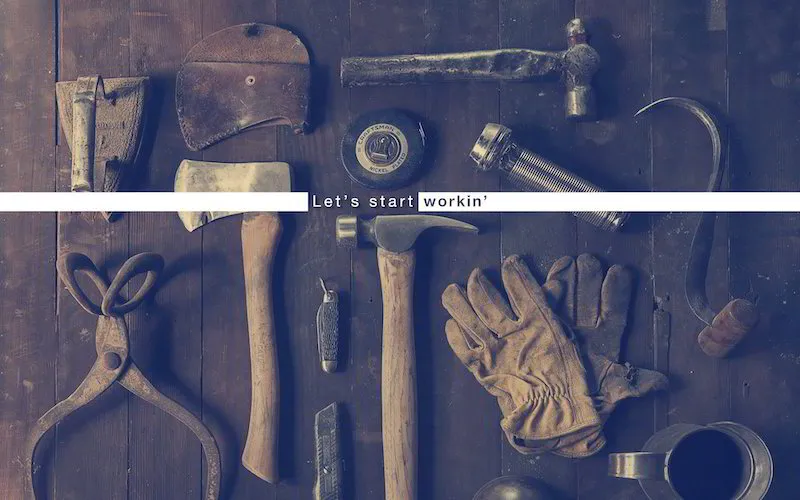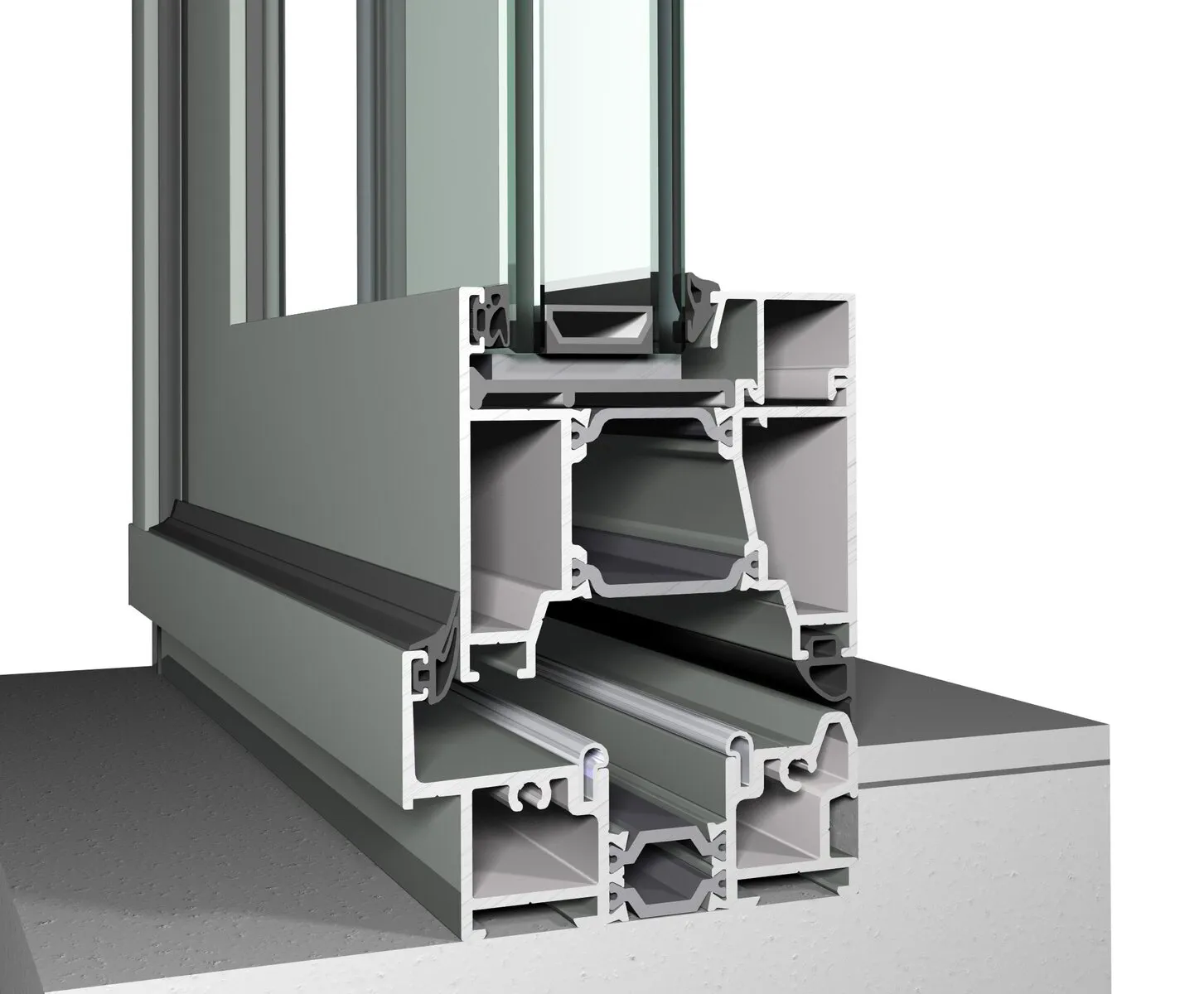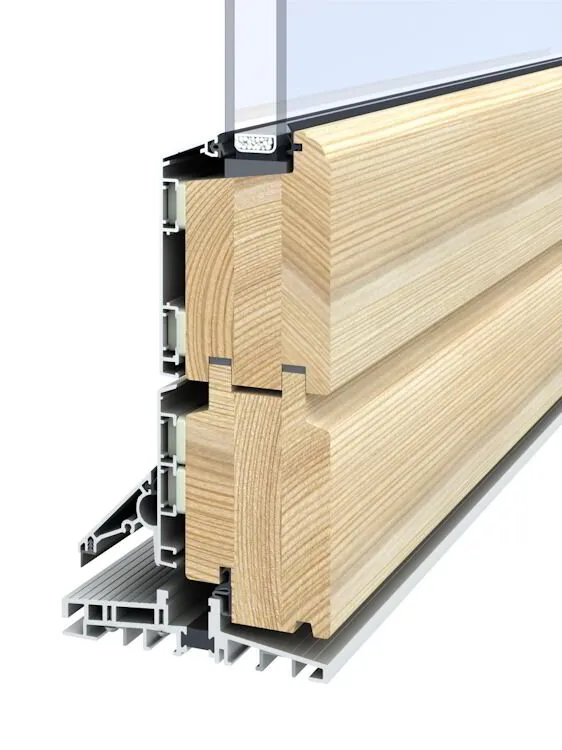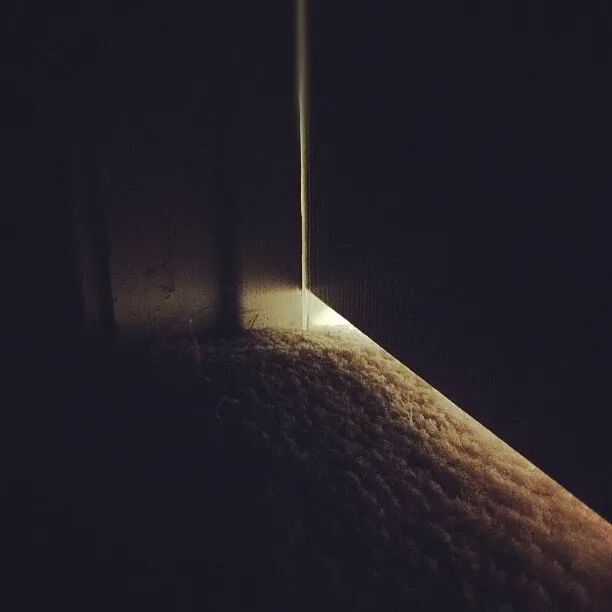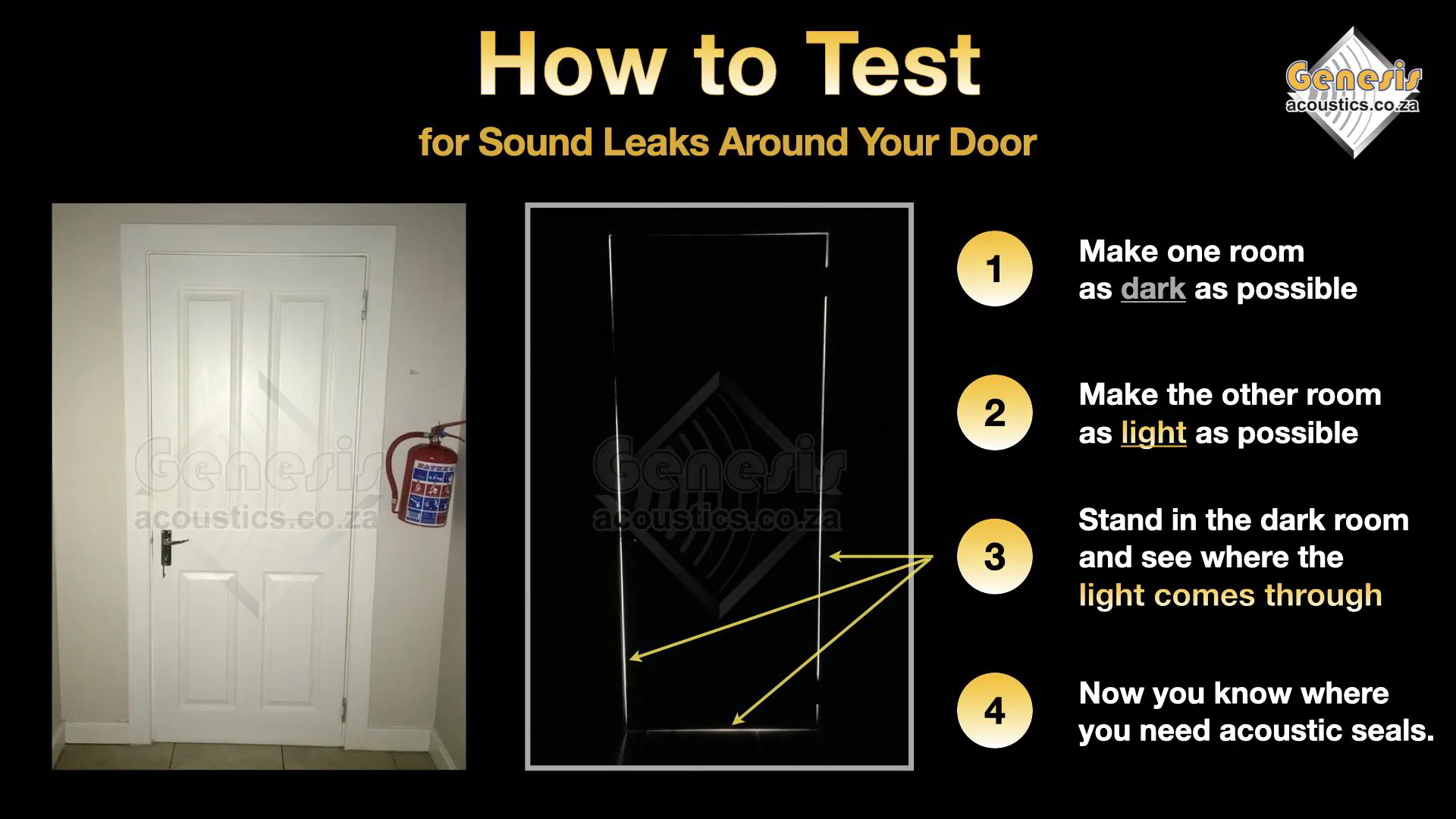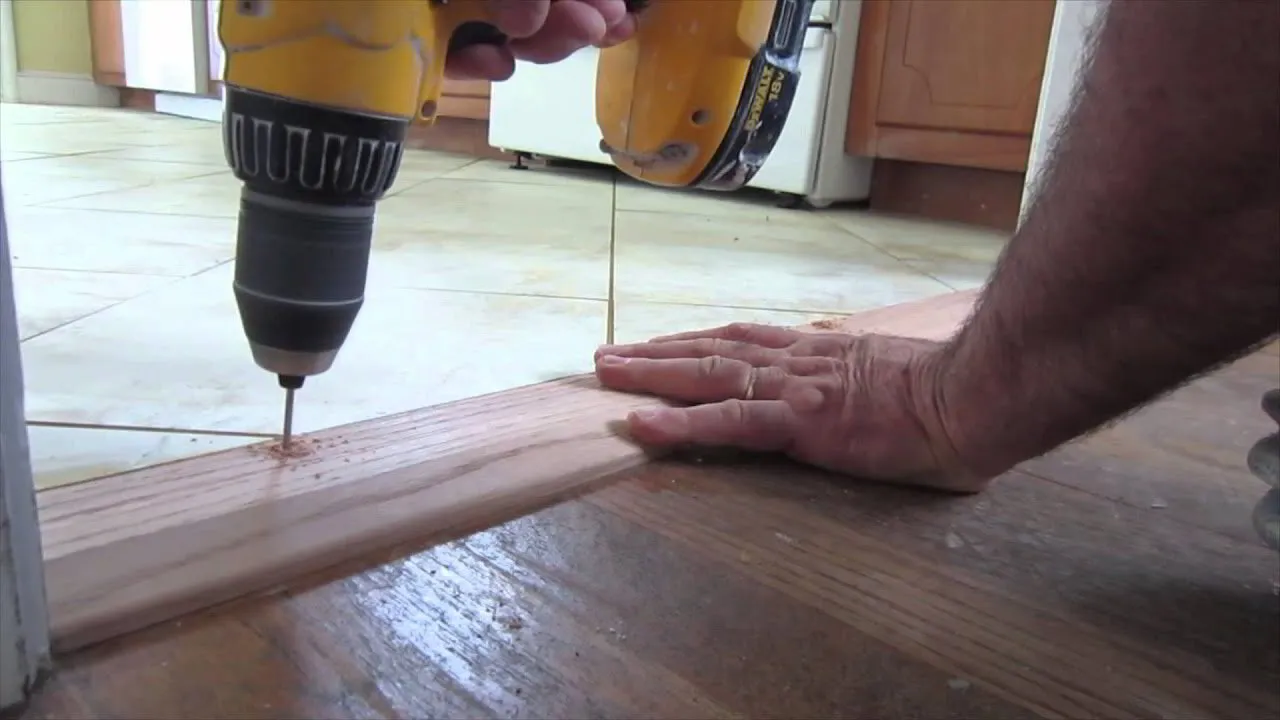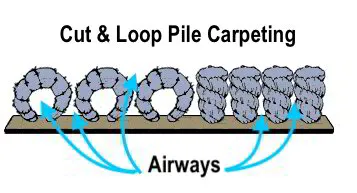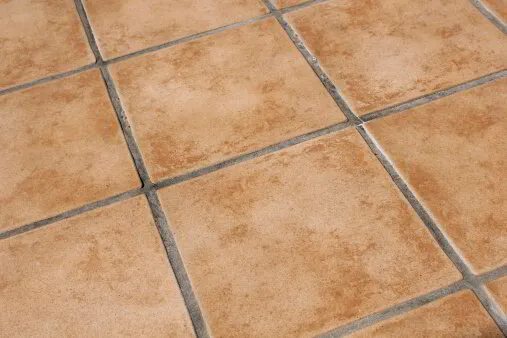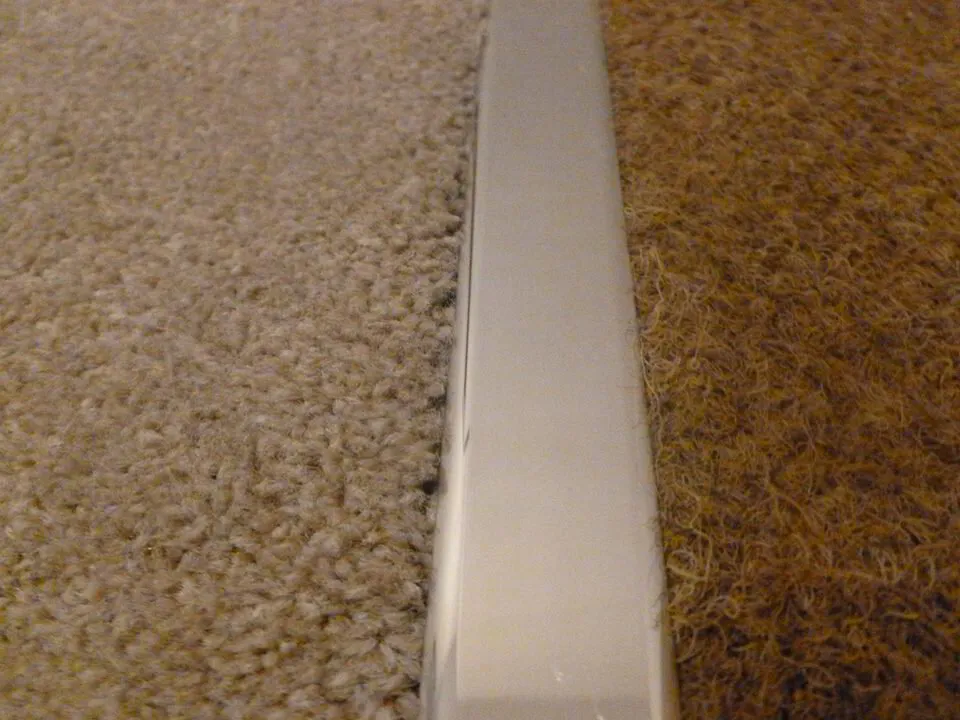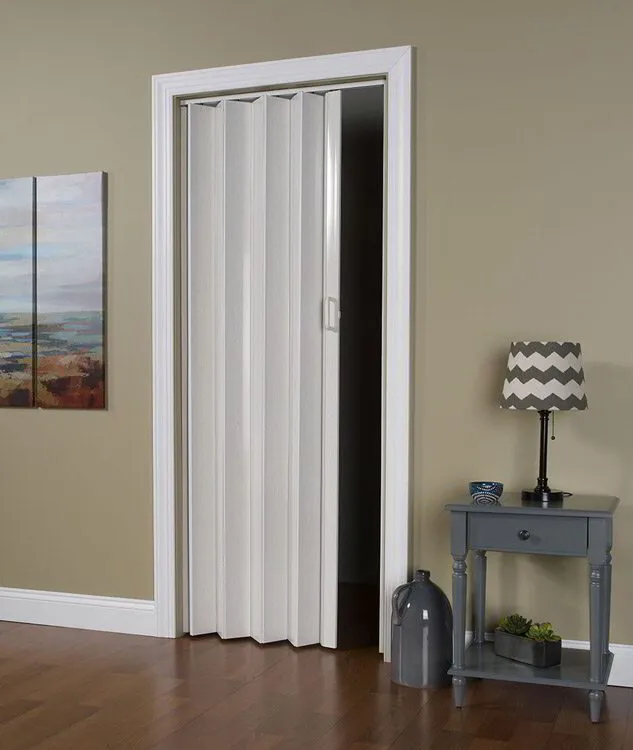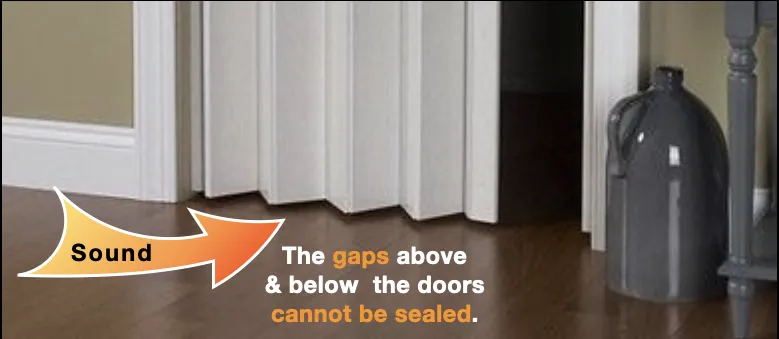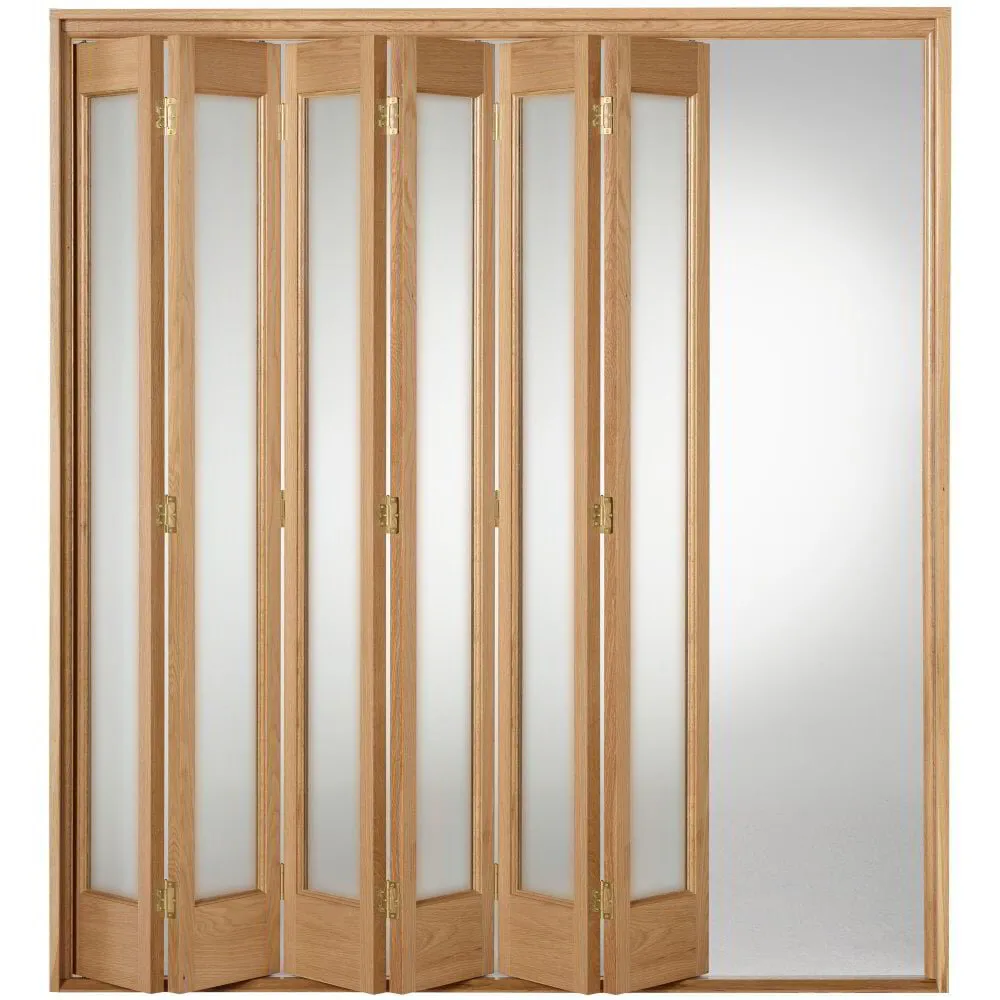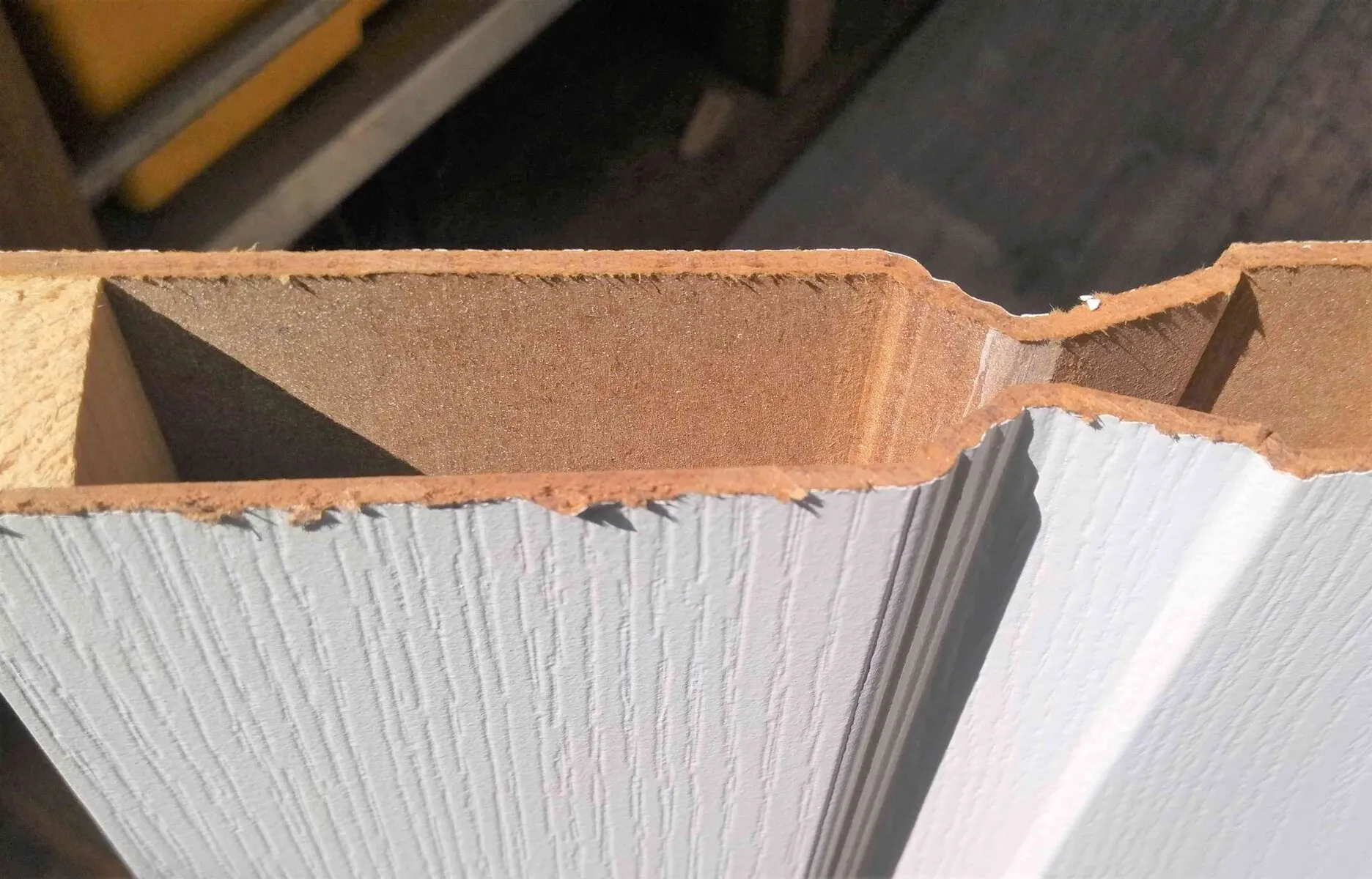The Ultimate Guide to Soundproof Doors in 2024
Article written by Brett Robinson the owner of Genesis Acoustics, 1st February 2023
Fact checked by Steven Kartapanis, who studied acoustics at the Berklee College of Music
Table of Contents
Introduction
An Introduction to Soundproof Doors
Acoustic Doors
Customer Testimonial
"Have used Genesis to acoustically treat multiple rooms at our office - recording studio included.
Andrew is quick to send a quote and will reply to any queries very timeously.
Their work is meticulous and Allan and his team are a pleasure to have on site."
Jeremy Moyle
Do Soundproof Doors Really Work?
Soundproof Doors South Africa
Contact us
Need help with your project? We're here to chat and get things moving in the right direction.
What Types of Soundproof Doors are Available?
The Four Categories of Soundproof Doors
1. Timber Soundproof Doors
2. Steel Soundproof Doors
3. Glass and Aluminium Framed Soundproof Doors
4. Soundproof Stacking Doors
Contact us
Need help with your project? We're here to chat and get things moving in the right direction.
People & Places That Benefit From Soundproof Doors
Hotel Guest Rooms
Inter-connecting Doorways Between Hotel Rooms
The Work From Home Study
Home Cinema / Home Theatre Rooms
Commercial Cinema's
Theatres & Concert Venues
Offices, Boardrooms & Video Conference Rooms
Recording Studios & Radio Stations
TV Broadcast Facilities
Film & Movie Production Sets
Doorways Between a Noisy Factory & Offices
Psychologists, Psychiatrists & Doctor's Consulting Rooms
Here’s how to do a simple test – you’ll need some helpers.
The Front Door to Your Flat or Apartment
Contact us
Need help with your project? We're here to chat and get things moving in the right direction.
How to Choose a Soundproof Door
Where Will The Door Be Used?
Based upon where the door will be used, you should start by identifying whether you need a timber door, steel door or stacking door.
What is The Loudest Sound Typical to The Room?
Once you've made that decision then ask yourself the question, "what is the loudest sound that will typically be produced in this room"?
The door you choose should able to block the loudest sounds that will be common to your space. This way you can be sure that you will be happy with your choice, after the door is installed.
Cost VS Performance
If you choose the cheapest door you can find then you may save on the initial upfront cost but be very likely be frustrated with your purchase and experience buyer's regret. If you decide that you can't live with the result and have to do the job again then it's actually cost you much more. For most people the frustration is not worth it, so rather buy the best door that you can afford.
What Level of Sound Insulation Does The Door Offer?
The level of sound attenuation of building structures such as doors, windows, walls etc is rated according to either the STC (USA) or Rw (European) standards are are stated as dBA. The rating system used depends on where the door was tested.
Solid core doors generally have a higher STC rating than hollow core doors.
- Typical hollow core door will generally feature an STC rating of 20 - 25
- A solid door made with a particleboard core will offer 28 - 30 STC. With a thicker solid core interior door, STC ratings of 30 - 35 are possible.
The above figure apply to doors with gasketing, to block all air gaps around the perimeter of the door.
Doors specifically designed and built as soundproof doors can offer ratings of anywhere between 36 - 60 STC. The higher the STC or Rw rating the higher the price tag of the door will be.
It would be pointless to put a STC 45 door into a regular hollow drywall with an STC 31 for example. So the sound insulation of the room as whole needs to be considered. All the building elements i.e. floor, walls, doors, windows & ceiling need to achieve at least the minimum desired level of sound attenuation for the proper functioning of the room.
Check Out Our Selection of Soundproof Doors Here:
How Much Does a Soundproof Door Cost?
11 Factors That Determine the Cost of Your soundproof Door
1. Thickness
The thickness of the door. In terms of soundproofing, generally the thicker the door, the better it will be at blocking sound.
2. Door Size
The bigger the size of your door - the higher the cost.
3. Door Only or Door & Frame as a Set
Do you need a door and frame as a set or only the door? Although it's possible to buy a soundproof door separately, I'd always advise that if at all possible, you rather buy the door and frame as a set. This is because a soundproof door should be made to precise tolerances. The relationship of the door to the frame is critical for the door to perform properly. Small, even gaps between the door and frame are important. Conversly large or uneven gaps between the door & frame will make it difficult to achieve a good seal. Also any slight twist in either the door or frame will mean that the door could pull away from the frame which would ruin the quality of the acoustic seal. For a soundproof door to function properly it needs to be airtight.
4. Finish
What type of finish is required on your new door/s? You might want an MDF finish for painting, a melamine finish or a real wood veneer – the selected finish will have an influence on the price.
5. Painting
If the door will be painted, who will get that done? Will you paint the door or would you like us to paint the door before we send it. If so, you will need to provide us with paint codes.
6. Position of the Drop Seal
Do you want a surface mounted drop seal or a fully morticed drop seal - the latter is by far the better option both in terms of looks and acoustic performance.
7. Perimeter Seals
Will your soundproof door come with a single or a double row of seals? Naturally a double row of seals will increase the degree of sound isolation.
8. Door Closer
Do you need a door closer or hydraulic seal assist? This is optional but it's highly advisable.
9. Door Hardware
What door hardware do you want and what kind of finish would you prefer? The finish of your door hardware might be brass, aluminium or stainless steel. There are also different kinds of handles, latches and locks. We need to know your preference.
10. Delivery Address
Where do you need the door to be delivered? The cost of the freight should be factored into the quote.
11. Installation
Do you need a professional team to come install the doors for you or will you or your builder do the installation? It goes without saying that a proper installation is essential, in order to ensure the best possible outcome.
Contact us
Need help with your project? We're here to chat and get things moving in the right direction.
How to Soundproof a Door
1. Hollow Core Doors
2. Paneled Doors
3. Glass & Aluminium Framed Doors
4. The Type of Door Gasket to Use For The Best Seal
- Steer clear from weatherstripping. Brush style seals are only good for thermal insulation and will not stop sound.
- A rubber, PVC or neoprene is the right kind of material to use but it also depends on their design.
- Designs that work include a hollow bulb / D shape and / or multiple blades. The seal will only be effective in its noise control if it's highly compressible. If the seal is too rigid or firm then it won't achieve a good seal. A good quality seal will always clearly state that is designed for use as an acoustic seal.
- The door bottom: The door needs a gap underneath for it to function however this same gap will allow sound to pass under the door. A simple static door sweep will not work. A seal designed as an automatic door bottom seal is preferred. This type of seal has a pin in the side of the seal, when the door closes the pin is pressed in which activated the spring mechanism and closes the seal against the ground.
Don't Waste Time Guessing
Check out our range of quality door seals here.
Single VS Double Glazing in Soundproof Doors
Most people understand that when it comes to glazing, a double glazed configuration will provide better thermal insulation than a single glazed door or window. Likewise a double glazed window will offer superior sound insulation compared to a single glazed door or window. Naturally the type and thickness of the glass used and the size of the spacer also plays a role in determining he level of sound insulation.
So what impact if any does this have on soundproof doors? As you'll read below the type of frame that is used is equally as important as the glass.
1. Aluminium Framed Doors
2. Timber Framed Doors
Contact us
Need help with your project? We're here to chat and get things moving in the right direction.
What Features Make a Soundproof Door Effective?
Ok, so we know soundproofs are different to regular doors which do not need to attenuate sound but why? Read on to discover the key differences about what makes soundproof doors so special.
1. Mass
One of the most important design features of a soundproof doors is mass. Soundproof doors are very heavy and they need to be. Why is this? Sound can easily cause lightweight materials to resonate and that resonance turns into sound transmission. Take the design of a speaker membrane for example, the lightweight membrane around the cone is able to resonate freely and as a result it's able to project sound waves very efficiently. In soundproof doors we want the exact opposite - the doors need to be highly inefficient at conducting sound waves, in order to be effective at insulating sound.
2. Thickness
Typical doors for the home or office are about 40mm thick, whereas soundproof doors start at around 44mm thick and can be much thicker than that depending on the application. The additional thickness makes it possible to increase the mass and include other specialist sound isolation materials.
3. Perimeter Acoustic Seals VS Thermal Door Seals
Most perimeter seals purchased from the hardware or even installed by your building contractor are designed for the thermal insulation of the building. This is understandable as it's important for a building to conserve energy and thus help contain energy costs. However most thermal seals are not suitable as acoustic seals. Brush seals are especially poor in terms of sound insulation. However thankfully the converse is also true, acoustic seals make excellent thermals seals, so at least there's a double bonus when installing acoustic seals.
4. Drop Seals VS Static Seals
The seal for the bottom edge of regular doors is typically a static seal, meaning it does't move up / down on a spring mechanism, this is why they are often referred to a brush seals - they are fitted as close to the floor as possible and end up brushing the floor each time the door is opened or closed. The seal for the bottom edge of a soundproof door should always be a drop seal. This type of seal is always spring activated so that it lifts when the door is opened and drops flush with the floor when the door is closed.
5. The Design of the Edges of the Door Jambs
In a regular door the door edges are always squared off. However in premium and especially thicker soundproof doors the edge is rebated. This is so that a double row of perimeter seals can be installed and that sound is forced to travel through a 90 degree bend. As sound travels around corners sound energy is lost which improves the sound transmission loss.
6. The Design of the Bottom Edge of the Doors
For a soundproof door is preferable to have a semi or fully morticed drop seal. This is because we want to achieve an airtight seal. If the seal is flush
hidden inside the bottom door edge ar at least flush with the surface of the for then it's easier to achieve a snug fit. There are retrofit surface mounted drop seals available when the door has not been made with the necessary groove. When door are supplied by Genesis Acoustics then our seals or morticed into the bottom edge of the door.
7. Door Hardware
In regular doors having a keyhole through the door isn't normally a problem. However, in a soundproof door there can be no open spaces through which sound can travel. For this reason, if a lock is required then one is selected which doesn't compromise the sound isolation of the door. Because of the weight of soundproof doors they need to be hung with a minimum of three hinges per door leaf, in order to carry the additional weight. Stainless steel hinges are also preferable due to the strength and durability of the metal.
Contact us
Need help with your project? We're here to chat and get things moving in the right direction.
What is the Cheapest Way to Soundproof a Door?
1. Install a Set of Acoustic Seals
Acoustic Door Seals & Some Other Types to Avoid
Weatherstripping
As the name suggests, the primary function of this type of seal is thermal insulation against the weather and dust that the wind blows. This type of seal is not primarily designed to block noise. Brush style seals should be avoided for acoustic applications.
Silicone
Silicone door seals are soft and pliable and this compound can be used to make door seals with acoustic properties but how well it works really depends on the design of the seal and how it is installed. It must be compressible, a bulb type design often works well.
Neoprene
Neoprene can be a suitable compound for acoustic door seals but it really depends on the design of the seal. If it's a simple flat strip then it is probably not ideal as for any seal to work there must be sufficient compression to create an airtight seal. The downfall of flat strips of foam is that they do not create a continuous seal around the full perimeter of the door.
2. Should You Add Anything to the Door to Improve The Soundproofing?
- You can't go to all this trouble and have a hole through the door for a keyhole. You need a lock that blocks the keyhole. If it's an internal door perhaps you don't need a lock at all? In this case simply cover over the keyhole as per below.
- Get paint codes or match the paint before you start.
- Check point 5 and plan accordingly before you start.
3. Please DO NOT Stick Acoustic Foam Over Your Door
Contact us
Need help with your project? We're here to chat and get things moving in the right direction.
How to Check the Acoustic Seal
Around Doors for Gaps & Sound Leaks
This is actually a fun test and so easy that anyone can get it done
Contact us
Need help with your project? We're here to chat and get things moving in the right direction.
How to Properly Seal the Gap Under Your Door
Acoustic Drop Seals Need a Specific Type of Floor Finish to Work Properly
So what types of floor finishes, should be avoided underneath your soundproof door?
What is the ideal type of floor finish to go underneath your soundproof door?
What happens if you don’t have an ideal floor finish?
- Measure the precise distance between your door frame at floor level. Get a 3-5mm thick, by 30 – 50mm wide, aluminium cover strip. You can source this from your local flooring contractor or aluminium supplier.
- Note that the thickness of the cover strip must not interfere with the opening and closing of the door, so carefully measure this gap and factor it into your selection.
- Using gut or chalk lines mark the position of the cover strip directly underneath the drop seal.
- Now cut the cover strip to length.
- If the new threshold is going onto a ceramic floor, you’re going to need to apply some adhesive from a tube (see point 1 above) under the cover strip.
- Apply to the floor with even pressure.
- Smooth away the adhesive on either side to achieve a neat finish.
- Allow to properly dry before walking on it.
- If the threshold is going onto a carpeted floor then your only option is to first drill pilot holes through your cover strip. Place it in position and mark the carpet through the pilot holes.
- Now drill through the carpet into the floor and insert a plastic plug. Note that this can be risky, if the carpet fibres wrap around the drill bit, then you can end up pulling out a long thread and ruining that section of carpet so be warned.
- Apply some adhesive from a tube (see point 1 above) under the cover strip. Apply to the floor with even pressure. Insert the screws into the plastic floor plugs and screw down tightly into position.
- Smooth away the adhesive on either side to achieve a neat finish.
- Allow to properly dry before walking on it.
Contact us
Need help with your project? We're here to chat and get things moving in the right direction.
Types of Doors with Terrible Soundproofing
These types of doors have perhaps the worst soundproofing ever.
You probably even have at least one of them in your home 😯
What Design Flaws Ruin the Soundproofing of These Doors?
Folding Doors
Public Toilet Doors
Japanese Paper Doors
Hollow Core Doors
- Master bedroom doors: Any parent will know that there are times when you need to close the door for some privacy from the children for a variety of reasons e.g. having a conversation that you don't want being overheard, watching some TV while lying in bed without disturbing kids that should be sleeping or enjoying intimate moments with your partner - you definitely don't want your kids overhearing those!!!
- Guest room doors: Whether your guest room is used for visiting friends, family or an Airbnb, when they close the door they all expect a certain level of privacy. No guest is going to feel comfortable when they can easily hear all the activity in the passage and beyond which will disrupt their sleep. Naturally, they also don't want to be overheard either and all too often it's a hollow core door that causes the sound nuisance.
- Study doors: More people than ever work from home. This seems like a great idea until you realise that you are constantly being interrupted on phone calls or worse, video conferencing calls because of noisy children, pets or even your spouse. A hollow door or panelled door is not going to provide the level of privacy that you need to stay focused and get your work done.
- Toilet doors: Perhaps I'm old fashioned but I think that toilet noises should stay in the toilet and NOT be overheard by anyone else. A hollow door however, means that anyone in the passage, foyer or adjacent room will unfortunately hear whatever noises occur in the toilet.
The Prize for the Worst Soundproof Door in the World Goes to
drumroll please ...
- Pedestrian traffic i.e. no airplane hanger doors, agricultural barn doors etc
- Be used within a building i.e. no exterior doors
- Had to be commercially available i.e. no custom made or home made doors
- For use in homes, offices, public buildings
- Had to be installed on a door frame
- No gates or fences e.g. prison doors made from nothing but metal bars
- No stand alone "Port-a-poti" style plastic doors
Contact us
Need help with your project? We're here to chat and get things moving in the right direction.
People Also Ask
How can I make my door soundproof?
There are several ways to make a door soundproof, depending on the level of soundproofing you require.
Here are a few options:
1. Install a door sweep: This is a strip of material that attaches to the bottom of the door and seals the gap between the door and floor, reducing noise transmission.
2. Add perimeter door seals: Similar to a door sweep, this is applied around the outside edges of the door to seal any gaps and reduce noise transmission.
3. Install a solid core door: A solid core door is thicker and denser than a hollow core door, which can help block out more noise.
Keep in mind that no solution will completely eliminate all noise from entering or leaving through a door, but these methods can help reduce unwanted noise.
What kind of doors are best for soundproofing?
To achieve effective soundproofing for a room, it is important to use doors that are specifically designed for this purpose. Solid-core doors are generally the best option for soundproofing because they are constructed with a dense core of material, which helps to block out sound waves. Additionally, doors that have seals around the edges can help to further minimize noise transmission. Some other factors to consider when selecting a door for soundproofing include the thickness of the door, the type of material used and whether or not the door has any windows or other openings e.g. a key hole that could allow sound to pass through. Ultimately, the best choice will depend on your specific needs and budget, it will be helpful to consult with a professional in order to determine the most effective solution for your particular situation.
How do you soundproof a door for a rental property?
As it's a rental property and you cannot make any changes to the door itself, the only real option available to you in this instance is to install a set a perimeter door seals and a drop seal for the bottom edge of the door.
Brett Robinson Bio
Brett Robinson is a well-known figure in South Africa, in the field of acoustics and soundproofing, with a career spanning over two decades. As an entrepreneur, blogger, public speaker, husband, and father of three, Brett has balanced his professional pursuits with a rich personal life. He founded and has been managing Genesis Acoustics since 1997, leading the company in designing and manufacturing innovative acoustic solutions such as soundproof doors, generator enclosures, and various sound-absorbing room finishes.
His expertise and commitment to quality have earned him the trust of some of South Africa's biggest companies, including Barloworld, Mercedes Benz East London Plant, Durr, Ford Motor Company South Africa, Volkswagen South Africa, Nissan, 3M, Coca Cola Bottling Plant Port Elizabeth, banks, Starbucks, Mugg & Bean and many more. His impact extends beyond large corporations to churches, recording studios, and numerous small to medium-sized businesses.
Brett leads a dedicated team of over a dozen full-time staff, with Genesis Acoustics represented in various major centres across South Africa. His contributions to the industry have not only shaped the soundscapes of countless architectual spaces but have also set a high standard for acoustic and soundproofing solutions nationwide.
When not working in one of his companies, Brett enjoys spending time with his family, writing, mountain biking, and training in Krav Maga. His diverse interests and commitments reflect his dynamic approach to life and work, embodying a holistic vision of success that values both professional achievement and personal fulfilment.
Links
https://www.instagram.com/genesis_acoustics
https://www.facebook.com/GenesisAcousticsRSA
https://www.soundproofmygenerator.co.za/
https://what3words.com/definite.major.bubbles
The National Institute of Building Sciences - Acoustics: https://www.nibs.org/page/acoustics
The Glass Association of North America (GANA): https://www.glasswebsite.com/
The International Noise Control Engineering (INCE-USA): https://www.inceusa.org/
Sound and Vibration Magazine: https://www.sandv.com/
U.S. Green Building Council (USGBC) - LEED Rating System: https://www.usgbc.org/leed






